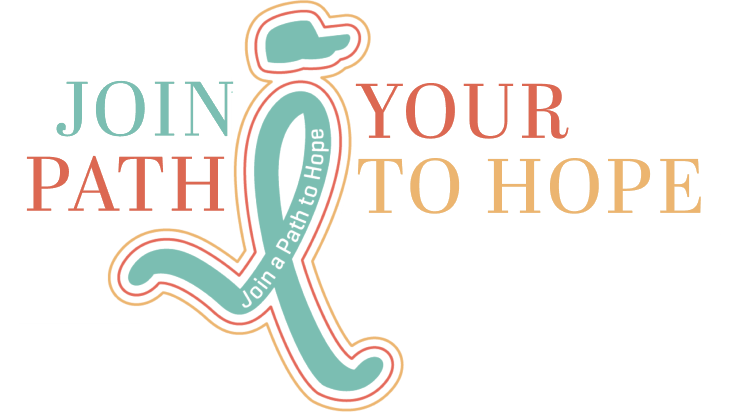May 2025 Ambassador Spotlight – Lisa Joerling
Written by Lisa Joerling My brain tumor journey began 11 years ago when I was diagnosed with a ganglioglioma brain tumor at just 19 years old. I was a sophomore at K-State and was home …
Through a quick questionnaire, Join Your Path to Hope streamlines the brain tumor journey, offering immediate, personalized resources for your medical, emotional, and relational needs. Our goal is to empower patients and caregivers with hope and support across all aspects of the journey.
To get started, we have a few questions about your journey.



Explore inspiring journeys of resilience and hope through our Patient Stories
A brain tumor diagnosis in a child is life-altering, bringing challenges that no family expects to face. From navigating treatment options to addressing emotional and financial burdens, families need comprehensive support. That’s where the Children’s …
Recurrent glioblastoma, sometimes referred to as glioblastoma multiforme or simplyGBM, stands as one of the most aggressive brain tumors known to medical science. Itis a malignancy that relentlessly invades the brain, presenting a formidable challengefor …

In the journey of facing a medical condition, it’s easy to let the label of “patient” overshadow our sense of self. Whether it’s a chronic illness, a sudden diagnosis, or a long-term treatment plan, the identity of being a patient can consume our thoughts and actions. However, it’s crucial to recognize the importance of prioritizing ourselves as individuals over our identity as patients. Here’s why:Preserving Self-Worth: Being a patient doesn’t define your worth as a person. It’s essential to maintain a healthy sense of self-worth independent of your medical condition. Remembering your talents, strengths, and qualities can help you maintain …
The thought of embracing my new identity as a brain tumor patient was a daunting journey filled with uncertainties and challenges. However, it was essential to remember that my identity is not solely defined by my medical condition. While it undoubtedly plays a significant role in my life, it doesn’t overshadow the other aspects of who I am as a person. Here are some steps that helped me navigate and embrace my new identity:Acknowledge Your Feelings: It’s okay to feel a range of emotions, including fear, anger, sadness, and even relief.